When will UK interest rates fall further? Latest Bank of England predictions
Economists are confident that interest rates will be cut when the Bank of England meets this month. How far will the base rate fall in 2025?
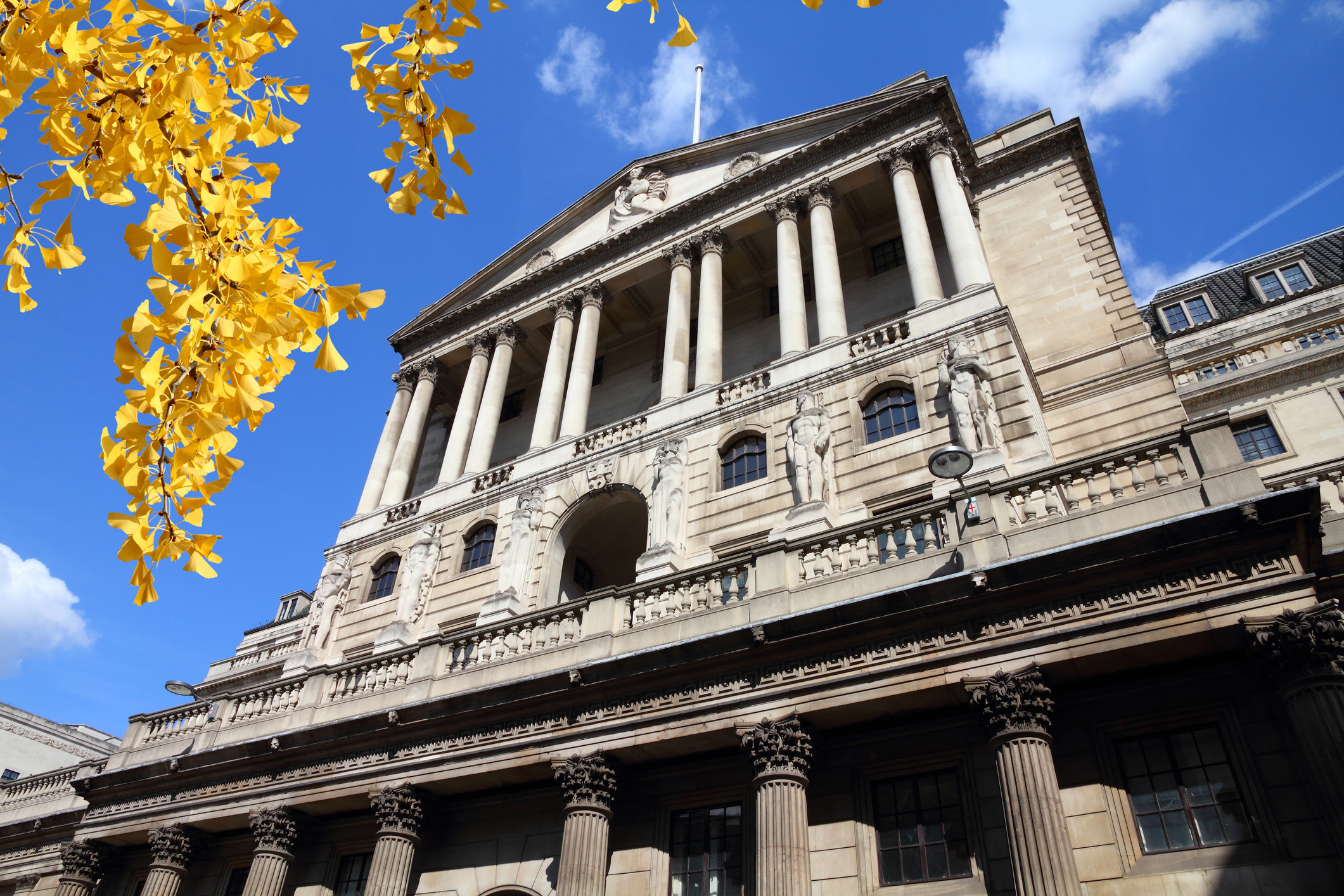

An interest rate cut is a shoo-in on 8 May, according to most economists, despite the fact that inflation is expected to rise over the coming months.
Donald Trump’s aggressive trade policy means growth concerns are starting to outweigh inflation fears, and a temporary drop in the headline rate of inflation in March could create a window of opportunity.
Inflation slowed to 2.6% in March, down from 2.8% the previous month, but is expected to pick up to 3.6% in April before ultimately peaking at 3.75% in the third quarter.
Subscribe to MoneyWeek
Subscribe to MoneyWeek today and get your first six magazine issues absolutely FREE

Sign up to Money Morning
Don't miss the latest investment and personal finances news, market analysis, plus money-saving tips with our free twice-daily newsletter
Don't miss the latest investment and personal finances news, market analysis, plus money-saving tips with our free twice-daily newsletter
“A quarter-point rate cut seems like a certainty at this stage, with uncertainty elevated and markets pricing in a rate cut fully,” said Sanjay Raja, chief UK economist at the investment bank.
He expects seven MPC members to vote for a 25 basis-point cut, and two – Swati Dhingra and Catherine Mann – to vote for a larger 50 basis-point cut.
Raja is also predicting “meaningful changes” to the MPC’s economic forecasts.
The inflation projections outlined previously (3.6% in April and 3.75% by the third quarter) were published in the Bank of England’s last quarterly monetary policy report, issued in February. However, a lot has changed since then. A new report will be published this month.
“We expect the MPC to tone down its Q2-25 growth projections and beyond, as the unfolding trade shock hits GDP. 2026 GDP growth will likely be revised lower,” Raja said.
He also expects CPI forecasts to be revised down on account of a stronger pound and lower energy prices.
How many interest rate cuts can we expect in 2025?
Most economists expect at least two more rate cuts from the Bank of England before the end of 2025.
Consultancy Capital Economics thinks rates will be trimmed by 25 basis points in May, followed by a further 25 basis-point cut in November. This would take the base rate to 4% by the end of the year.
Financial institution ING is forecasting quarterly cuts. This would mean three more cuts in 2025 (we already had one in February), bringing the base rate to 3.75%. The International Monetary Fund has also predicted three more cuts.
Deutsche Bank on the other hand is expecting four (May, August, November and December), taking the base rate to 3.5%.
Market pricing has also shifted over the past month or so.
Before Trump’s “Liberation Day” tariffs were announced, investors were predicting just two more cuts before the end of the year. Now, they are expecting at least three and potentially even a fourth.
Ashley Webb, UK economist at Capital Economics, calls this shift “striking”, but thinks markets have gone too far. In his view, investors are paying too little attention to the lingering inflationary risks posed by the rise in business taxes and the minimum wage at the start of April.
“Gradual and careful” approach to interest rate cuts?
Two meetings ago in February, the Bank of England introduced the phrase “gradual and careful” to its statement when describing the future pace of interest rate cuts.
Economists thought the phrase could signal a more hawkish stance from the Bank. Its use coincided with the publication of the February monetary policy report, which showed inflation was expected to rise to around 3.75% by the third quarter.
Deutsche Bank, which is more dovish in its stance than Capital Economics, thinks we could see this phrase disappear this time around.
“We see some meaningful tweaks to the MPC's forward guidance [this month],” Raja said.
“First, we expect the MPC to drop its use of the word ‘gradual’ in calibrating policy, and instead highlight that the ‘scale and pace’ of any rate cuts would be conditional on the economic outlook.
“We also expect some of the MPC members to start talking up risk management considerations in dialling down restrictive policy.”
What do falling interest rates mean for mortgages?
Further interest rate cuts could mean cheaper mortgages. Mortgage rates have fallen from their peak and some sub-4% deals have now re-entered the market.
Swap rates have also fallen since Trump’s “Liberation Day” tariff announcements, helping borrowers further (swap rates underpin mortgage pricing).
It will offer little comfort to those coming off a relatively cheap deal agreed before rates started rising in 2021, though.
- Peak rates: In August 2023, both the average two and five-year fixed rates were above 6% at 6.85% and 6.37% respectively, according to Moneyfacts.
- Current rates: As of 2 May, average rates have fallen to 5.17% and 5.10%.
- Pre-pandemic rates: In 2019, both the two and five-year rates were below 3%.
“Trump’s tariff announcement might have created havoc in the stock market, but there could be a silver lining for UK mortgage borrowers,” said Laith Khalaf, head of investment analysis at AJ Bell.
“Interest rate expectations are falling as markets price in the potential economic damage from US tariffs, and the likelihood the Bank of England will respond with interest rate cuts.”
Whatever happens with interest rates, it is worth shopping around a few months before your current deal expires to lock in the best market rates as they appear. If a better rate appears in the meantime, you can usually change it right up until the start date.
What do falling interest rates mean for savings?
Several providers have pulled their top savings deals over the past few months as interest rates have fallen. With this in mind, it could make sense to fix your savings if you are happy to lock your cash up for a year or so.
The top one-year fixed account with no minimum deposit requirement currently offers 4.55%. You can earn 4.26% in an equivalent ISA. See our round-up of the best easy-access rates, one-year savings accounts, regular saver accounts and cash ISAs for the latest deals on cash savings.
Sign up for MoneyWeek's newsletters
Get the latest financial news, insights and expert analysis from our award-winning MoneyWeek team, to help you understand what really matters when it comes to your finances.

Katie has a background in investment writing and is interested in everything to do with personal finance, politics, and investing. She enjoys translating complex topics into easy-to-understand stories to help people make the most of their money.
Katie believes investing shouldn’t be complicated, and that demystifying it can help normal people improve their lives.
Before joining the MoneyWeek team, Katie worked as an investment writer at Invesco, a global asset management firm. She joined the company as a graduate in 2019. While there, she wrote about the global economy, bond markets, alternative investments and UK equities.
Katie loves writing and studied English at the University of Cambridge. Outside of work, she enjoys going to the theatre, reading novels, travelling and trying new restaurants with friends.
-
 Pension savers face running out of money just 11 years into retirement
Pension savers face running out of money just 11 years into retirementThere’s a stark difference between the retirement income pension savers want and the amount they are set to have saved
-
 US and China trade breakthrough as tariffs reduced for 90 days
US and China trade breakthrough as tariffs reduced for 90 daysMarkets have risen on news of a US-China trade agreement. What has been announced, and what does it mean for your investments?
-
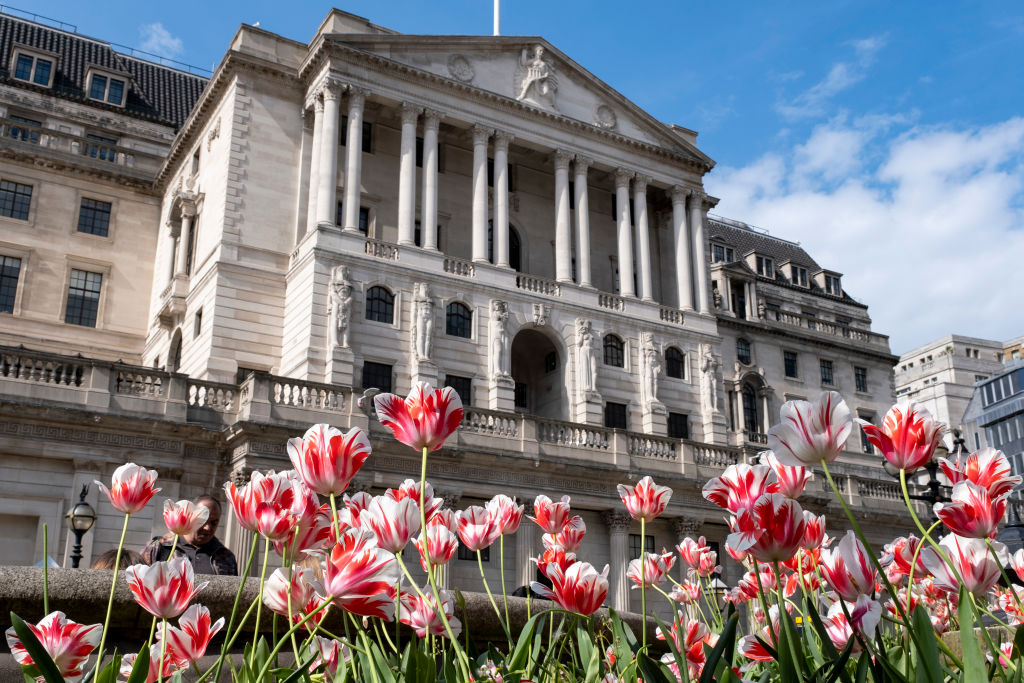 Live: Bank of England holds UK interest rates at 4.5%
Live: Bank of England holds UK interest rates at 4.5%The Bank of England voted to hold UK interest rates at their current level of 4.5% in March, as widely anticipated, after inflation rose to 3% in January
-
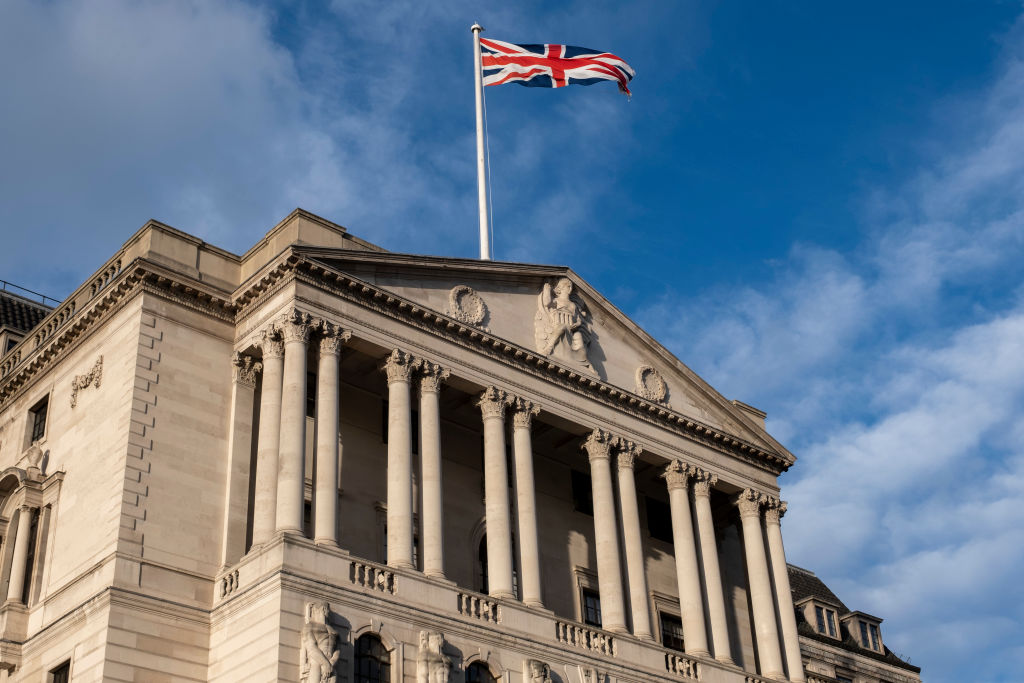 Bank of England cuts interest rates to 4.5%: full updates and analysis
Bank of England cuts interest rates to 4.5%: full updates and analysisThe Bank of England voted to reduce the base rate by 25 basis points at the first MPC meeting of the year on 6 February. Full coverage as it happened from the team at MoneyWeek.
-
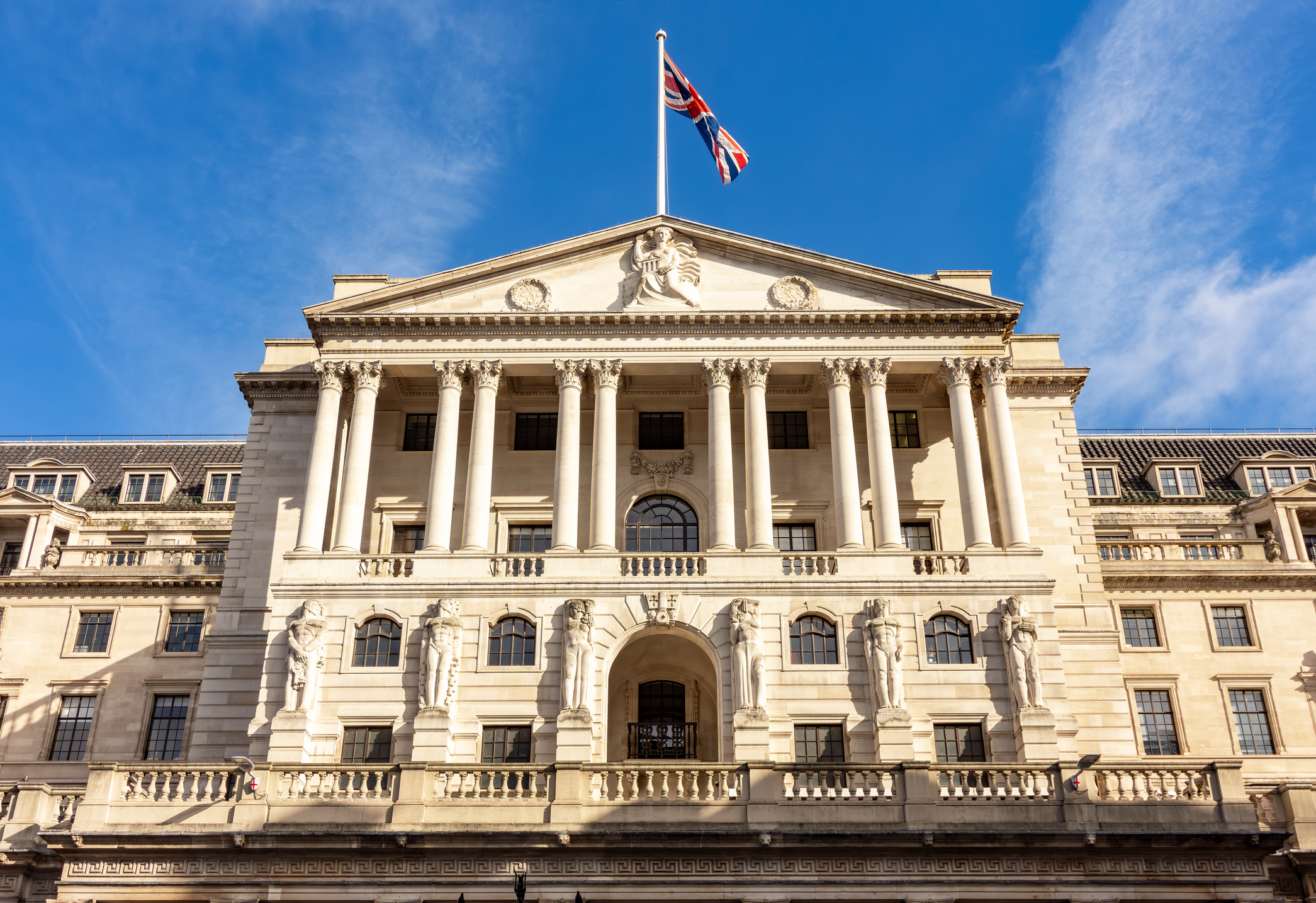 December interest rates: Bank of England keeps rates on hold
December interest rates: Bank of England keeps rates on holdThe Bank of England kept interest rates on hold at 4.75% in the final Monetary Policy Committee meeting of 2024. Full analysis from the MoneyWeek team.
-
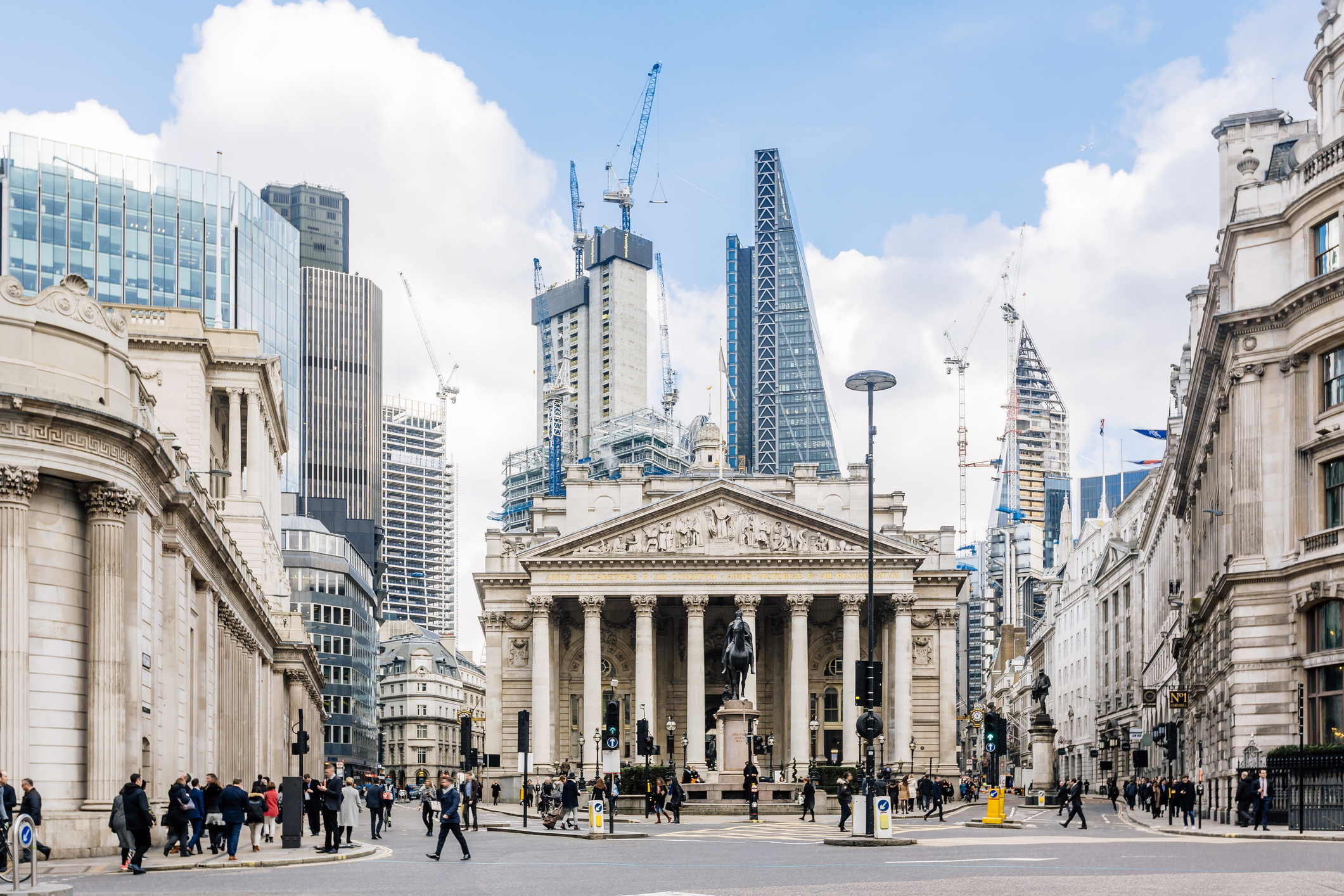 Bank of England cuts interest rates to 4.75% – MPC meeting
Bank of England cuts interest rates to 4.75% – MPC meetingReporting from the Monetary Policy Committee November meeting. Full coverage, as it happened, from the team at MoneyWeek.
-
 Inflation drops below Bank of England target for first time in over three years
Inflation drops below Bank of England target for first time in over three yearsUK inflation slowed to 1.7% in September, boosting the chance of a more aggressive approach to interest rate cuts from the Bank of England
-
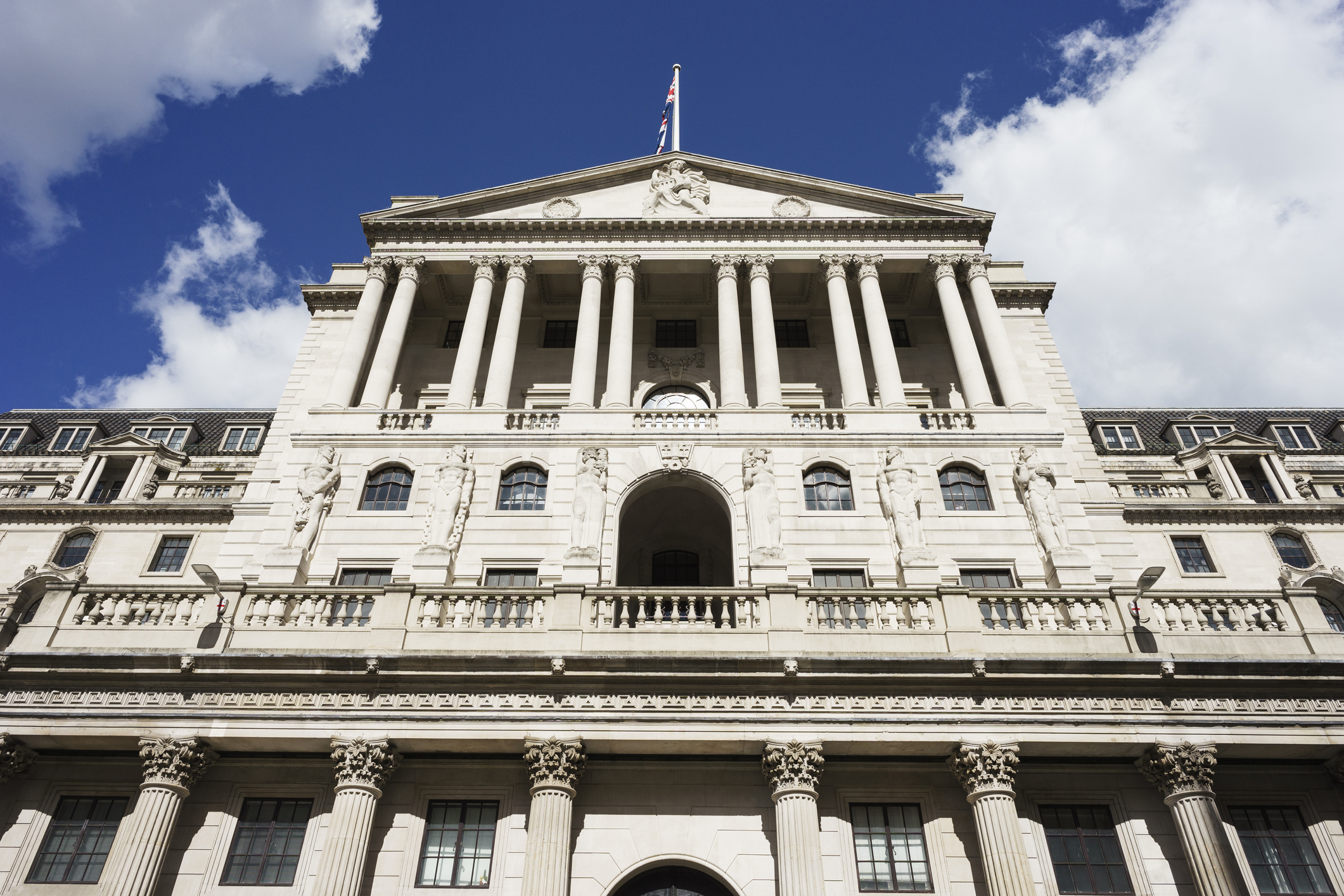 Bank of England holds interest rates at 5%
Bank of England holds interest rates at 5%The decision was widely expected, after the Bank of England warned interest rates would have to “remain restrictive for sufficiently long”
-
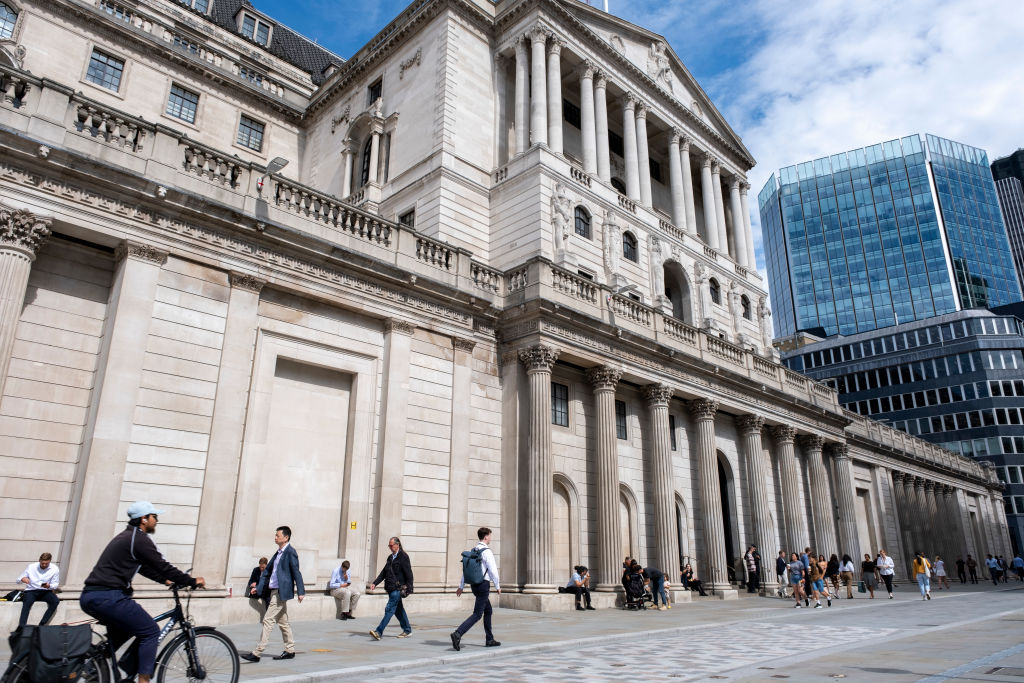 Keeping up with the Bank of England – how rates and inflation impact your finances
Keeping up with the Bank of England – how rates and inflation impact your financesIgnorance is not bliss when it comes to your personal finances. Here’s why you should follow what the Bank of England is up to.
-
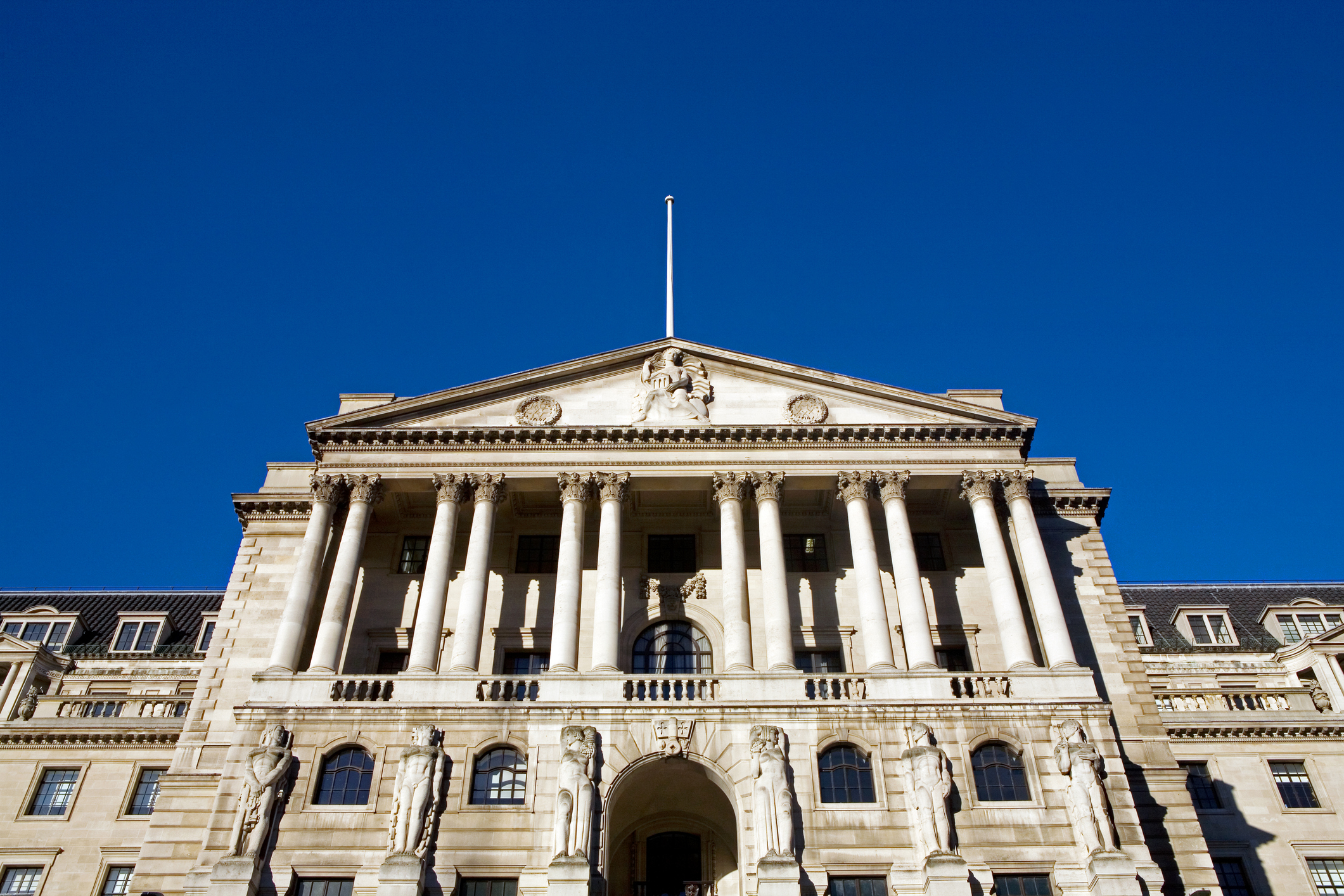 Bank of England cuts interest rates for first time since 2020
Bank of England cuts interest rates for first time since 2020The Bank of England voted to end pain for households and businesses today, cutting interest rates for the first time in over four years